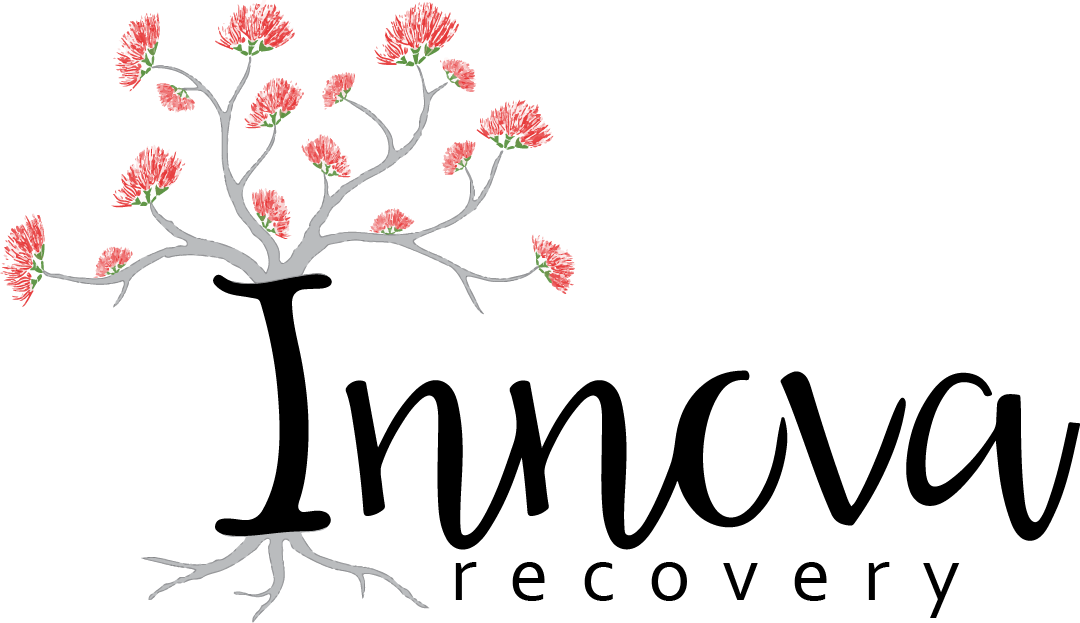It is a non-talk therapy in which the client does not have to go into detail about the memories of disturbing events which often contribute to nightmares, flashback and being triggered when unexpected events set us off. EMDR is very much a person-centered approach that gives the client control of the treatment process. Compared to other trauma treatments, homework is generally limited to practicing coping skills and no written homework. In comparison studies with other evidenced based treatments, EMDR has better recovery rates and significantly less treatment dropout.
What make EMDR innovative is the utilization of back and forth eye movements or tapping while focusing on the traumatic event. This provides the mechanism to shift the traumatic memories from the areas of the brain that control fear into the working memory. A person who has successfully completed treatment with EMDR will be able to discuss what happened without experiencing the upsetting emotional reactions they had previously.A typical EMDR session has 8 phases. Phase one (History taking) is the evaluation/history taking process to determine symptoms, diagnosis and appropriate for treatment. Phase two(preparation) is teaching coping skills to help them stay grounded between sessions. This process can take anywhere from one session to several depending on the complexity of the trauma. Phases three-eight are the actual EMDR sessions themselves. Phase three(assessment phase), is where the memory for processing is selected. Phase four is the desensitizing phase. The patient identifies image related to the memory, the negative belief about self, related emotions and body sensations and the positive belief they want to have in the now. The provider utilizes 0-10 scaling questions to determine level of disturbance.Phase 5 is the installation phase where the target memory is linked with the positive belief. Phase 6 is the body scan where the patient scans through their body for any tension/tightness. Phase seven is for closure. This is when the session is complete and the patient is no longer experiencing the painful memories or distressing emotions. Phase eight is the next session to re-evaluate where the patient is in regards to the last session.
During memory reprocessing, the patient focuses on the disturbing image while the clinician utilizes eye movements/tapping. As the distressing memory is alleviated, new insights and associations will emerge, thus becoming the focus of attention. The goal is to allow the brain to process the new information in an accelerated way. After the session, there is no homework, no forms to complete and the pt is not asked to describe the memory in detail, unless they so choose. There are a number of studies that support what the eye movements do in an EMDR session as well as over 300 international clinical studies that support its effectiveness.
How this is different from Cognitive Behavioral Therapies? These therapies rely on what in our field is called behavioral activation and extinction. This means that during these sessions the provider and the patient are recording (audio and/or written) the details of a particular traumatic event. The sessions will have the person disclose the traumatic memory in detail two to three times. The patient will have to take these recordings home and listen to them daily until the next session. The person is also to engage in what is called “in vivo exposure.” This means that the person will participate in a previously avoided anxiety provoking activity to allow for habituation. The idea is that when they are triggered by something that reminds them of the event, they will not have the same reaction. There are daily worksheets to complete along with home work. There are numerous studies that support the efficacy of these interventions. The difference between EMDR and cognitive behavioral therapies are time in treatment and homework.
What this means:
-EMDR requires no homework between sessions (people are busy and they appreciate this).
-EMDR is as effective as cognitive behavioral therapies (PE/CPT) with decreased time in treatment
-Cost effective- Fewer treatment sessions means cost savings.
-Once the trauma is resolved. It stays resolved. Reduced dependence on disability. Itʼs like scrambling an egg, one cannot “unbreak” a yolk nor is consuming an uncooked egg considered healthy. Once the egg is scrambled, it becomes something so much better. Just like post traumatic growth.












